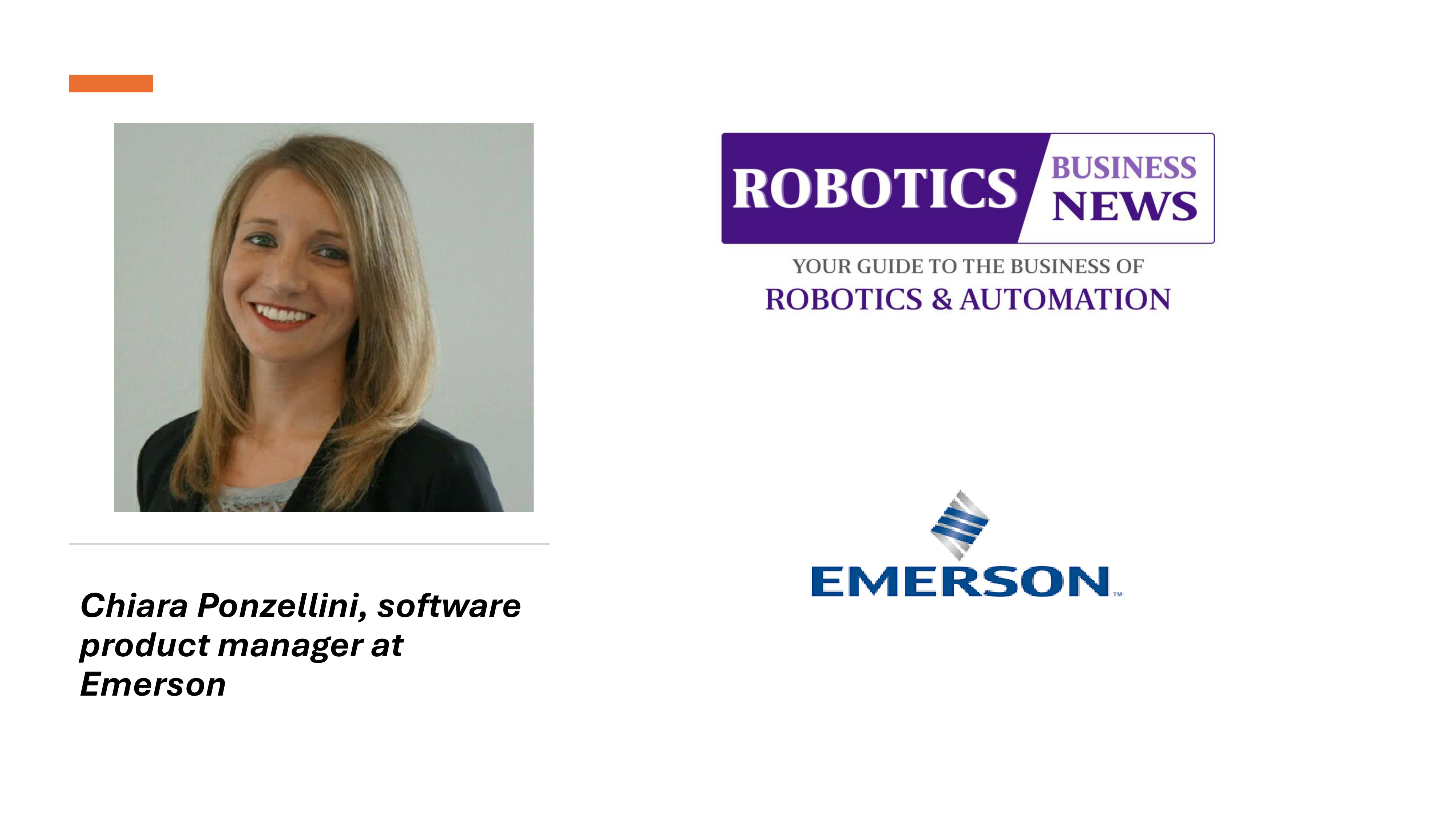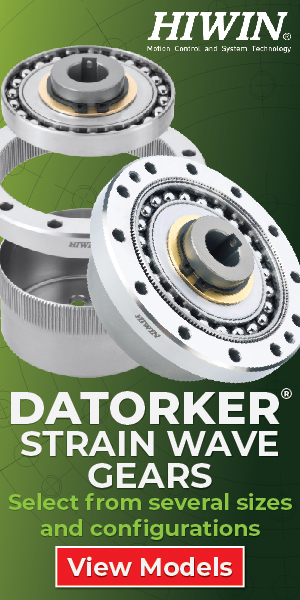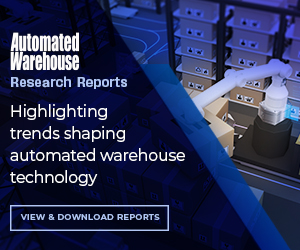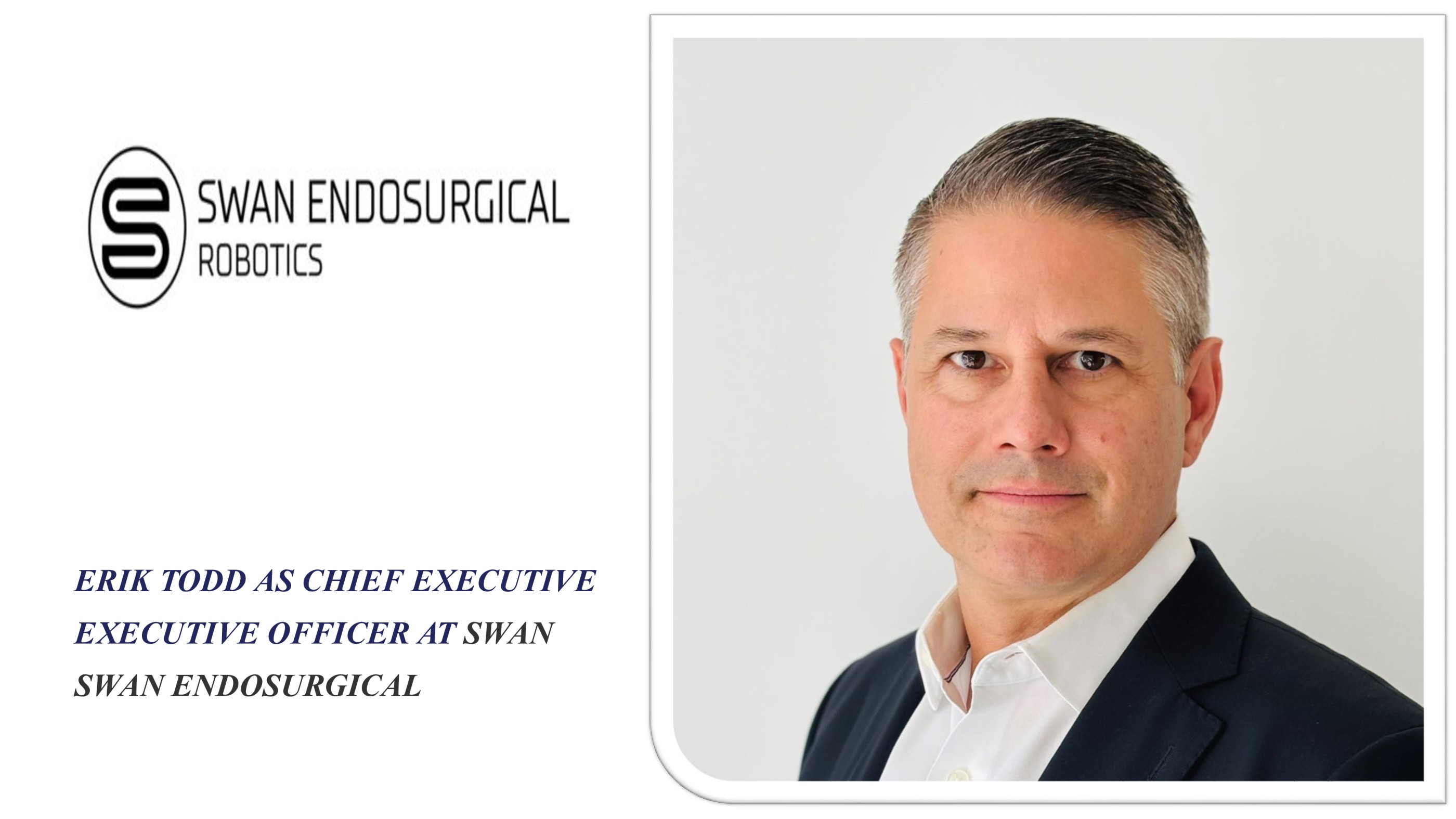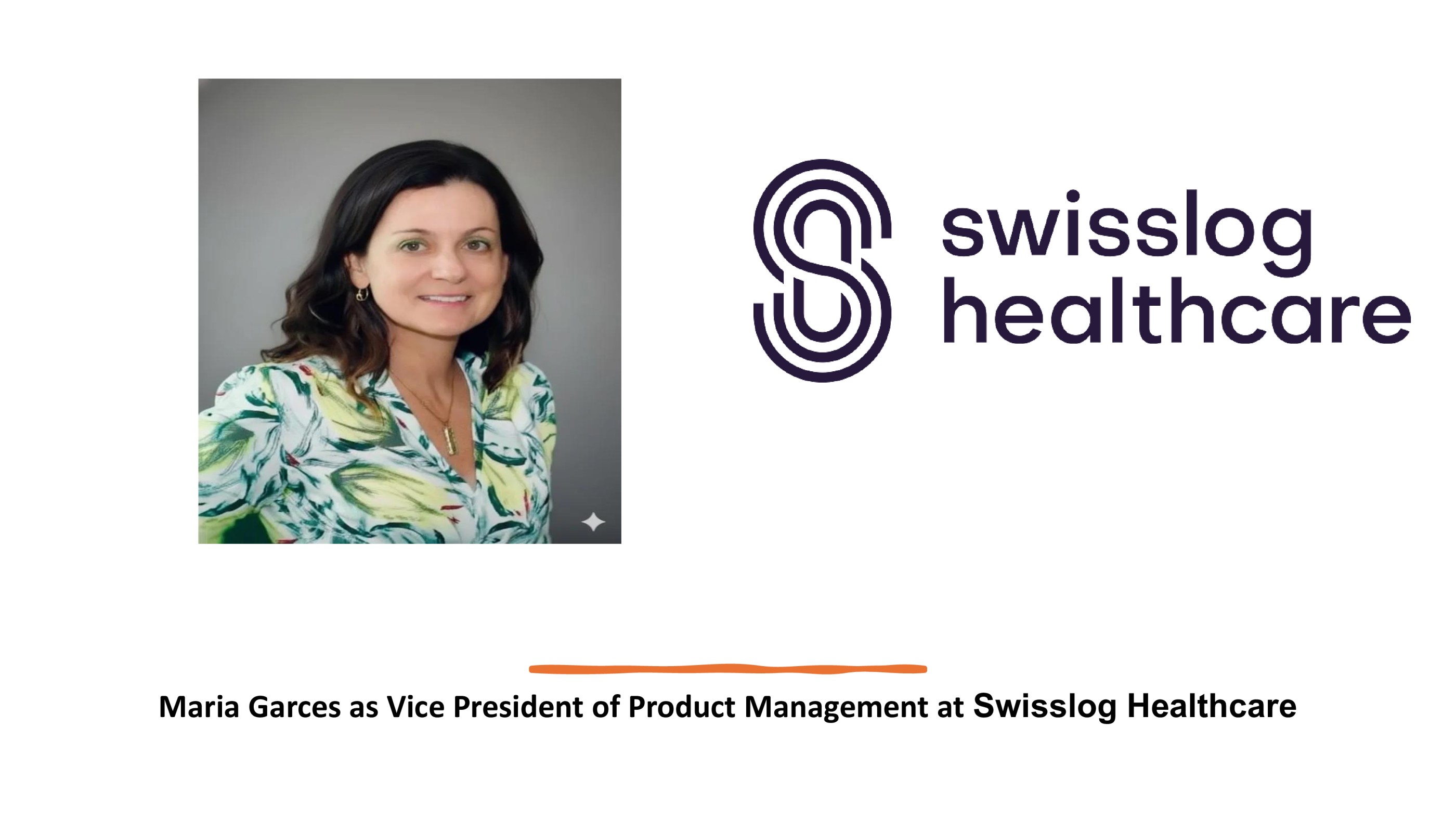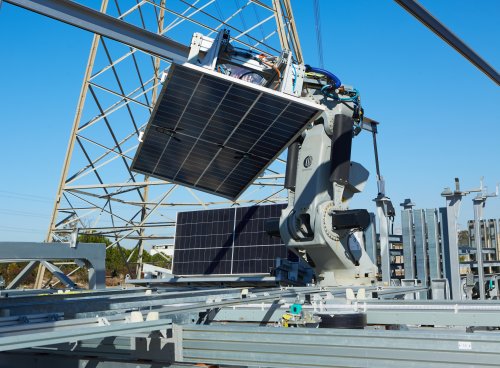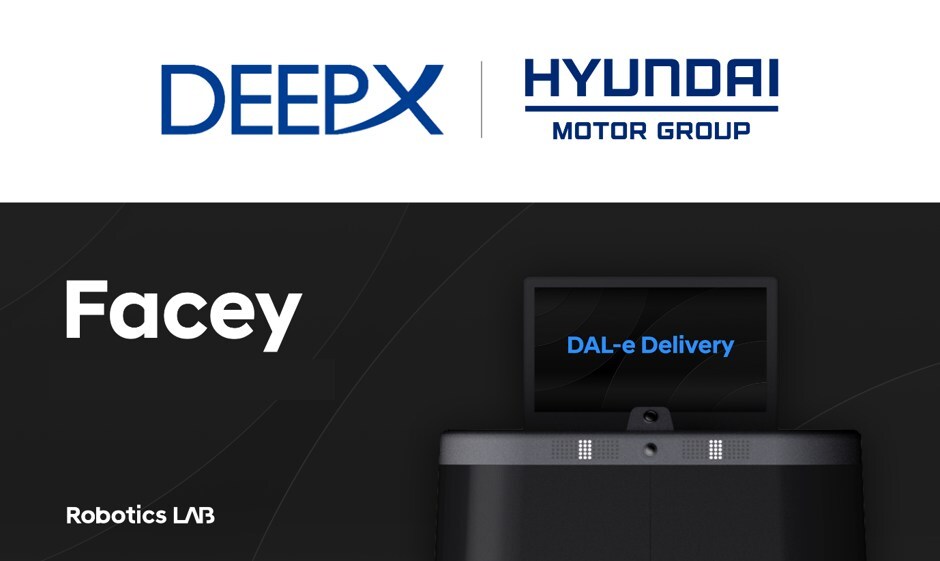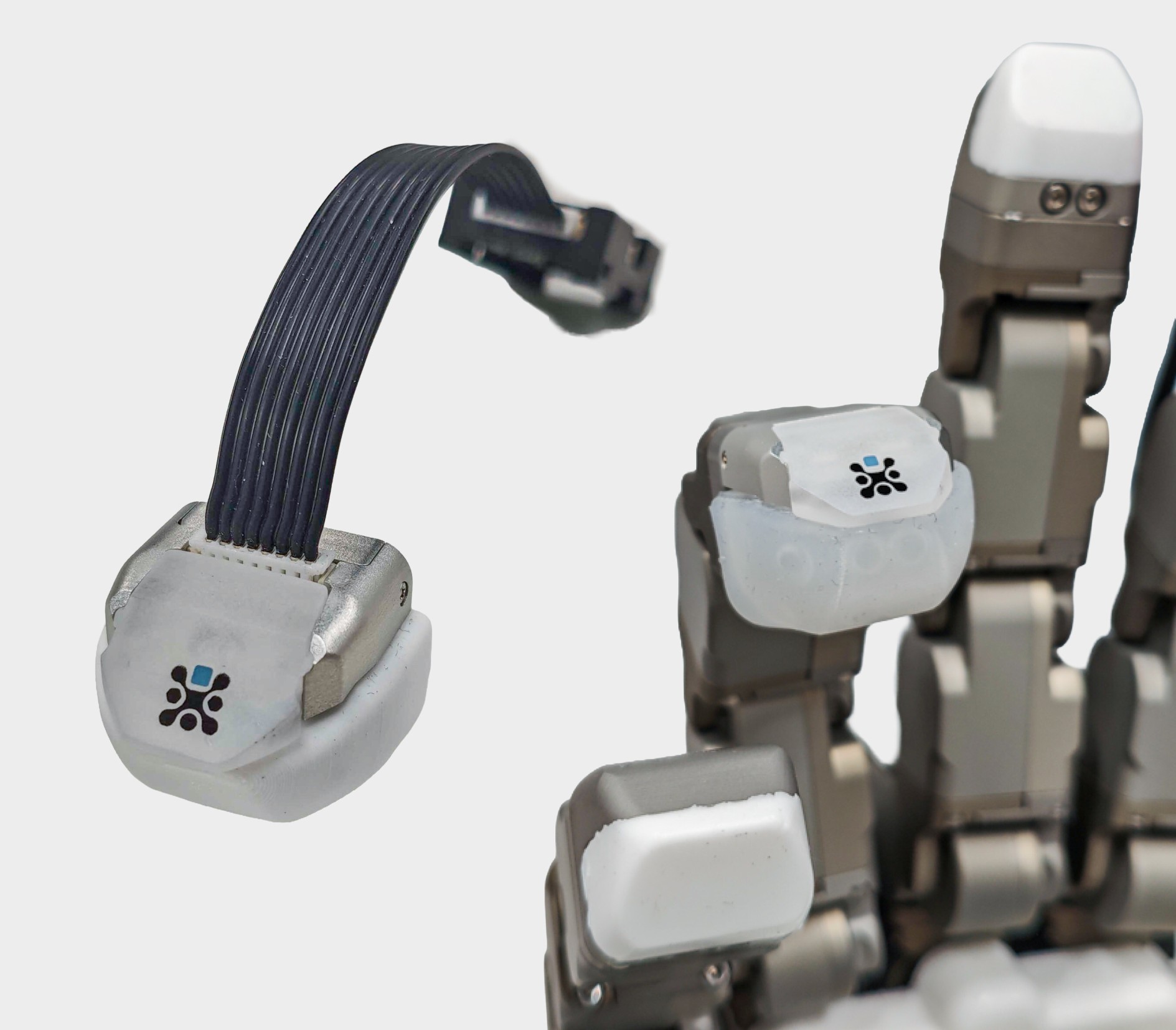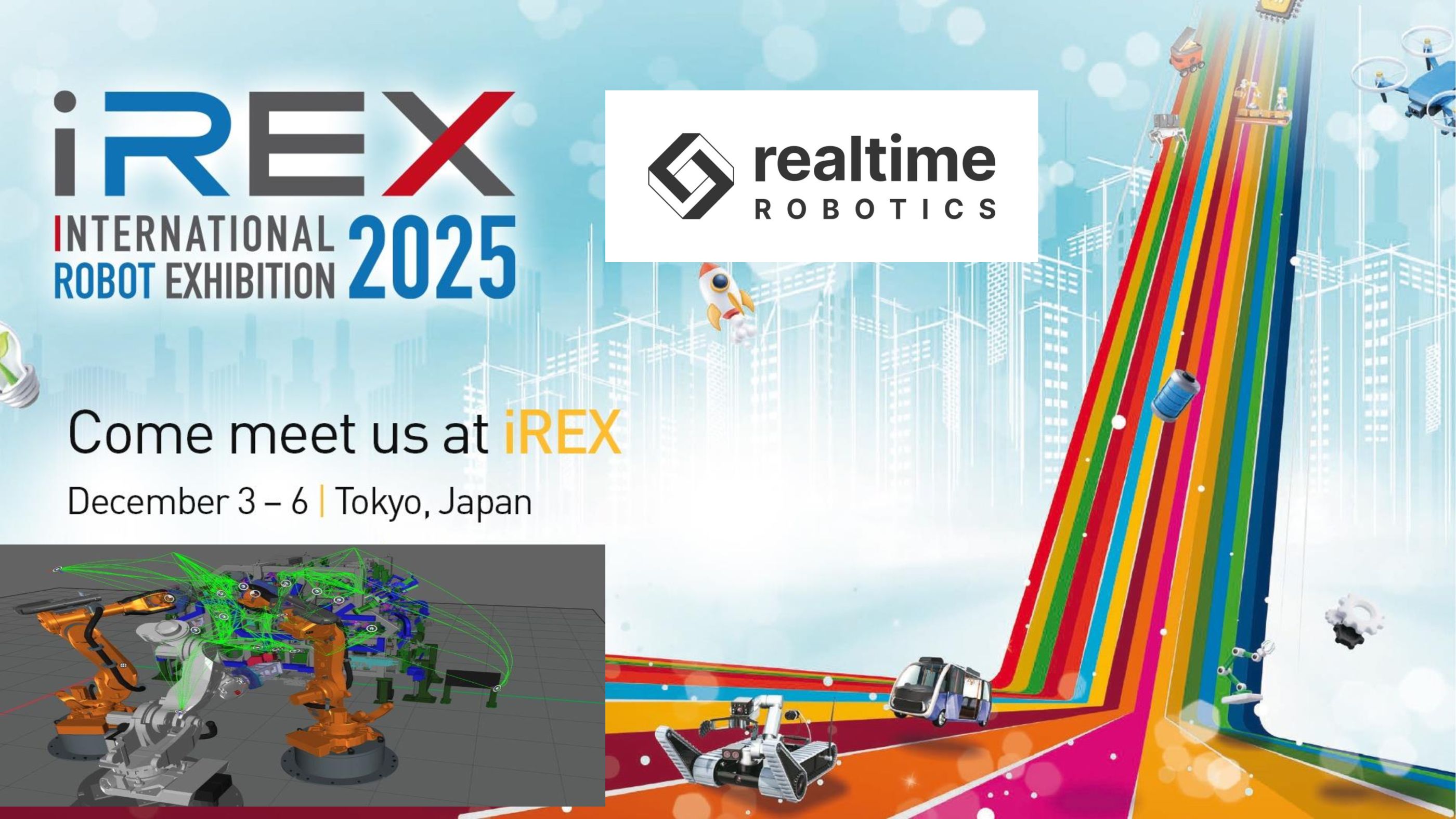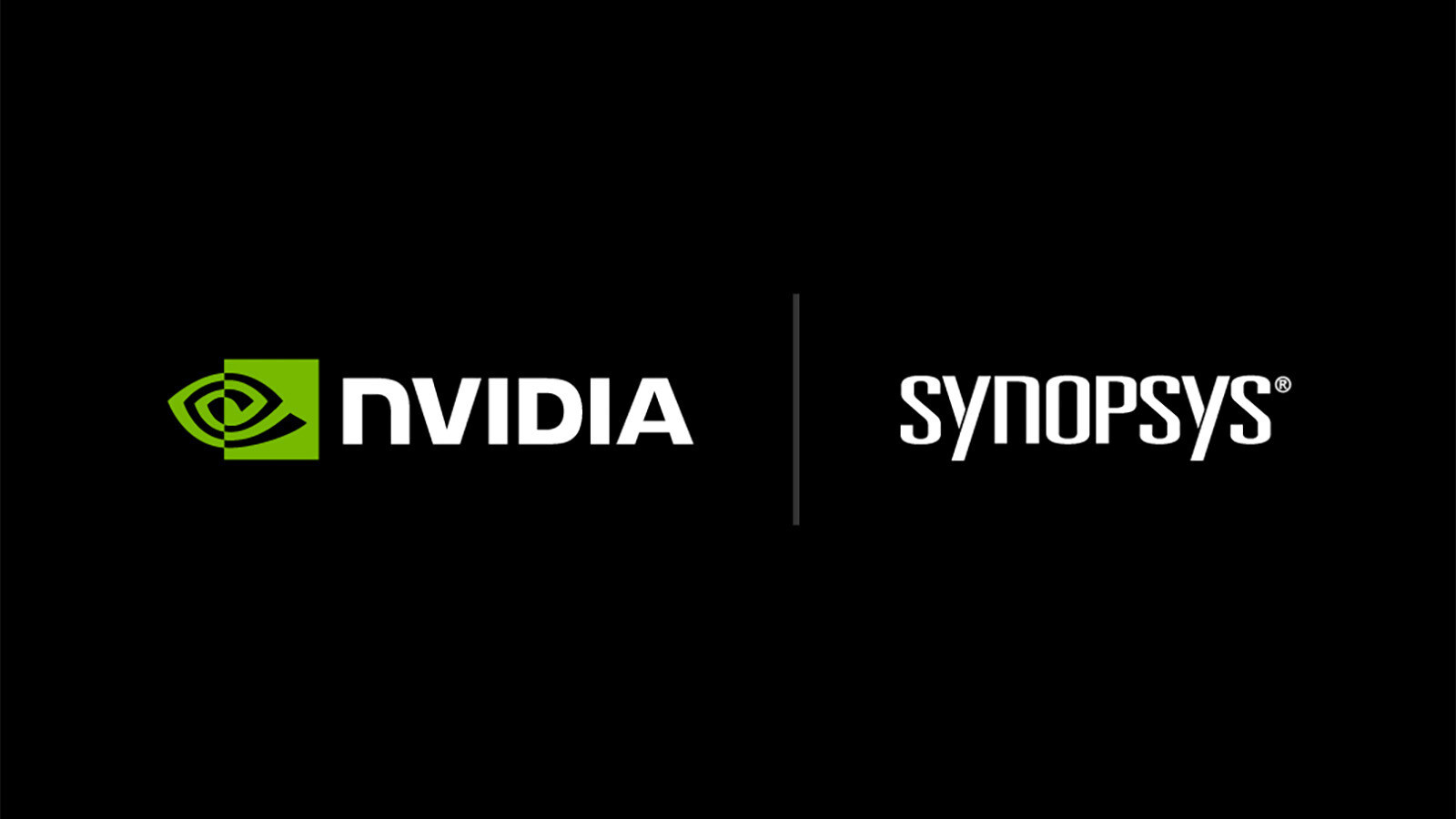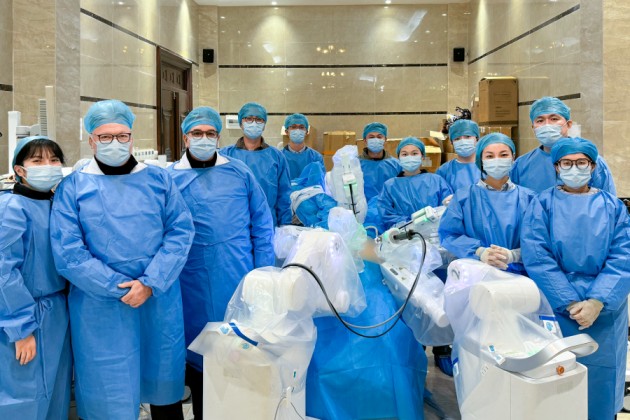Emerson’s Movicon NExT v4.4: Faster, Smarter, and Future-Ready for Industrial Automation
15 August 2025 | Interaction | By editor@rbnpress.com
In an exclusive interview, Chiara Ponzellini, Software Product Manager at Emerson, shares how the latest Movicon NExT release accelerates deployment, enhances connectivity, and empowers Industry 4.0 transformation from edge to enterprise.
Robotics Business News sat down with Chiara Ponzellini, Software Product Manager at Emerson, to explore the evolution of Movicon NExT from version 4.2 to the newly launched v4.4. She reveals how the platform’s upgraded architecture, native Python scripting, enhanced communication drivers, and TimescaleDB support deliver faster project execution, stronger cybersecurity, and seamless scalability – helping users move from small IIoT applications to full plant-wide control with confidence.
What business and user needs drove the development of Movicon NExT v4.4, and how does it build on earlier versions like 4.2?
When we began planning v4.4, we were responding to a very clear set of customer needs that had been building since the release of v4.2. Users were telling us they wanted to deliver automation projects faster, with fewer configuration steps, and with the flexibility to adapt their architectures over time without major redesigns. On the business side, there was pressure to lower engineering costs and improve time-to-value, particularly in industries that are undergoing rapid digital transformation. At the same time, regulatory compliance and cybersecurity expectations have become stricter, so the platform needed to embed stronger controls and auditing by default.
Version 4.2 had already established Movicon NExT as a modular, scalable SCADA and IIoT platform with openness at its core. It supported a wide range of protocols, flexible project structures, and cross-platform deployment. What v4.4 does is built on that base with a technology refresh and workflow modernization. We’ve migrated core applications to .NET 8 to ensure long-term support and better runtime performance. We’ve introduced native Python scripting so engineers can rapidly implement custom, cross-platform logic without needing to write C# or VB code. We’ve also re-engineered our startup sequence to load key services like the I/O Server, Scheduler, and Script Engine in parallel, reducing startup times dramatically in complex projects.
On the integration side, we’ve enhanced our communication driver architecture to support multi-station OPC UA, advanced EtherNet/IP arrays, and secure DNP3 Level 3 for critical infrastructure. We’ve also added TimescaleDB as a historian option to handle massive time-series datasets with better precision and compression. And from a usability perspective, the workspace UI has been reorganized to reduce visual clutter, licensing has been simplified, and WebHMI performance has been optimized for even low-power devices.
How do the updated communication drivers (e.g. OPC UA, EtherNet/IP, DNP3) enhance integration and scalability in industrial and utility environments?
One of the most transformative areas in v4.4 is our communication driver suite. For industrial and utility environments, connectivity is the foundation of any SCADA or IIoT deployment - and our goal was to make that foundation more flexible, more efficient, and more future-proof.
The OPC UA driver now supports multi-station architecture. Instead of tying tags directly to a single endpoint, tags are now bound to a station definition, which can be configured independently. This makes it possible to have multiple OPC UA stations in one project, each with its own sampling rates, security settings, and endpoints. The result is easier reconfiguration when equipment changes and better scalability in modular or distributed systems. This removes the need to split arrays into multiple variables, cutting both configuration time and runtime overhead. For environments with large datasets - such as packaging lines, process control, or energy management - this translates directly into higher throughput and less engineering effort.
For the utility sector, we introduced native DNP3 Level 3 support. This protocol is critical in water, energy, and infrastructure projects where devices are geographically distributed, and network conditions may be less than ideal. Our implementation handles both polling and unsolicited events, with full time-stamp support, so even if communications are interrupted, event sequences are reconstructed accurately. That means better reliability, faster reaction to critical events, and easier compliance with regulatory requirements for event traceability.
Across multiple drivers we’ve also implemented tag aggregation in read/write operations. By moving more tags per transaction, we reduce network load, accelerate updates, and improve overall system responsiveness. This is a key enabler for scaling from small systems to large, multi-site operations without introducing latency bottlenecks.
What is the role of native Python runtime scripting in v4.4, and how does this improve flexibility or reduce development time?
In v4.4, we’ve embedded native Python script execution into the runtime environment for the first time. This is about giving developers the freedom to solve problems quickly with a language they already know, without having to step outside the Movicon NExT environment.
Python scripts can be attached to objects, events, or scheduled tasks, and executed in different modes - synchronous, shared, or normal. They can also log their output to the XML log file, which means you have traceability and diagnostics-built in.
The advantage for development speed is significant. Python’s syntax is concise, the library ecosystem is massive, and the language is widely known among engineers and data scientists. That means less ramp-up time for teams, fewer lines of code to maintain, and the ability to port logic between systems with minimal adaptation. It also aligns Movicon NExT with a growing trend in industrial automation and positions the platform as a bridge between real-time control and advanced analytics.
Can you explain the benefits of TimescaleDB support in the historian module and how it improves large volume data handling and precision?
The introduction of TimescaleDB support in v4.4 fundamentally changes how Movicon NExT handles historical data at scale. TimescaleDB is an open-source extension of PostgreSQL designed specifically for time-series data, which makes it a perfect fit for SCADA environments that generate continuous streams of process values.
By using hypertables - essentially partitioned tables optimized for time-series workloads - TimescaleDB enables faster writes and more efficient queries, even when dealing with millions or billions of records. For analytics, this means that long-term trends, detailed forensic analysis, and real-time dashboards can all run without degrading system performance.
We’ve also integrated advanced TimescaleDB features like native compression, which can dramatically reduce disk usage while keeping the data fully queryable, and continuous aggregations, which allow you to precompute and store downsampled data for instant retrieval.
The result is a solution that’s faster, more scalable, and more precise - enabling detailed, high-resolution insight into processes over time, without overwhelming infrastructure resources.
The platform now logs user group information alongside usernames and migrates to .NET 8 - how do these changes strengthen security and compliance (e.g., CFR 21, IEC 62443)?
Security and compliance are non-negotiable in industrial automation today, and v4.4 addresses them head-on. The migration of core applications to .NET 8 plays an important role. It brings the latest security patches, cryptographic capabilities, and performance improvements, while ensuring long-term support. This provides the stability customers need to plan multi-year deployments without worrying about framework obsolescence.
What enhancements have been made to Pro.Lean and Pro.Energy modules in v4.4, and what value do these bring to users?
For Pro.Lean, our manufacturing performance analysis module, v4.4, delivers new KPIs, improved downtime analysis, and a richer set of visualization symbols. These enhancements make it easier for operations teams to pinpoint the causes of lost productivity, track OEE in real time, and communicate performance data to stakeholders through clear, interactive dashboards.
Pro.Energy, focused on energy monitoring and optimization, now offers improved load profile analysis, giving users more insight into when and how energy is consumed. Real-time breakdowns of energy usage are now more detailed and easier to interpret, and we’ve expanded the template and symbol libraries so that building an energy monitoring dashboard is faster than ever.
Both modules benefit from the broader platform improvements in data handling, driver performance, and UI responsiveness, which means the insights they deliver are based on fresher, more precise data. The net result is that users can identify inefficiencies sooner, implement corrective actions faster, and ultimately reduce both production losses and energy costs.
How does Movicon NExT v4.4 support digital transformation initiatives in Industry 4.0 - from small IIoT systems to full plant control architectures?
When we talk about Industry 4.0, we’re really talking about a journey - connecting every layer of production, from a single smart sensor at the edge to an enterprise-wide analytics platform. Movicon NExT v4.4 is designed to support that journey at whatever pace and scale our customers need, without forcing a complete re-platform as requirements evolve.
For some, the first step might be as simple as adding an embedded WebHMI panel to a packaging machine to track throughput and downtime. With our lightweight licensing and highly optimized runtime, that’s possible without over spending on infrastructure. From there, you might connect a few more machines, pull their data into a parent project, and start benchmarking performance across lines - all without disrupting what’s already in place.
As your operations grow, v4.4’s parent–child project architecture comes into play. Imagine running a main plant control project but needing to integrate a new production line, an on-site water treatment facility, and a remote warehouse. Each can be built as a “child” project with its own tags, drivers, and logic, then plugged into the main runtime. You get the control and visibility of a unified system, while each module remains independently maintainable.
A critical part of making this scale possible is our connectivity - and here’s where we stand apart. We develop all our I/O communication drivers internally. That means we don’t rely on third-party black boxes. The benefit is twofold: we can optimize drivers for performance and reliability in ways off-the-shelf solutions can’t, and we can evolve them in lockstep with the rest of the platform, ensuring long-term compatibility. When a customer needs protocol enhancement or a tweak for a specific device, we can deliver it directly - without waiting on external vendors or compromising system stability.
This internal development philosophy also ensures tight integration between the drivers and our runtime environment. For example, our OPC UA multi-station architecture in v4.4 lets you create multiple independently configured stations in a single project, apply different sampling rates, and decouple tags from endpoint details all in a way that’s consistent with our other drivers.
We’ve seen customers start by monitoring KPIs on a single bottleneck machine, and within a year, scale into plant-wide control and analytics - without changing platforms. That’s by design. Digital transformation it’s a series of quick wins that build into a long-term strategy. With v4.4, you can take those first steps simply and cost-effectively, confident that the same platform - and the same in-house, future-proof drivers - will support you all the way to full-scale Industry 4.0.
What has early user or integrator feedback revealed about the platform’s usability, performance gains, and ease of deployment?
What we hear from the field has been incredibly encouraging. The first thing people mention is the speed - and not just a little speed. By parallelizing the startup of our core services, v4.4 comes to life noticeably faster, even in large parent/child architectures with multiple active modules. One integrator told us they shaved minutes off their restart times on a complex multi-line plant project, which for them means less downtime and more production.
Python scripting has been another big hit. Instead of spinning up external tools or compiling new service layers, engineers can now drop in a Python script to integrate a custom algorithm, or handle specialized process logic - and see it running immediately. That kind of flexibility is making project timelines shorter and giving teams room to be more creative.
If I had to sum up the feedback, it’s this: v4.4 gives them more power without more complexity. Our users feel confident tackling larger, more ambitious projects knowing they won’t be buried in extra engineering overhead. And as a product team, that’s the best validation we could hope for –
it means the improvements we’ve made are making a real difference in how people work every day.


